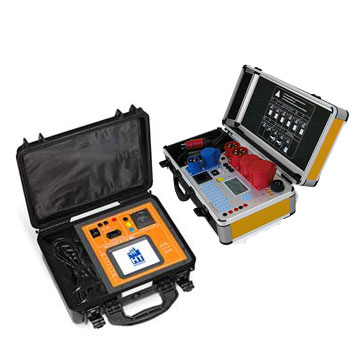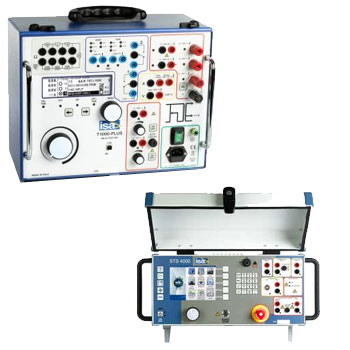
Yes. Both mechanical and electronic pressure gauges have characteristics that need to be weighed for a process. The main points of the mechanical devices are the ease of installation and very good readability at a distance with a large scale. Because of this, mechanical pressure gauges are even required by law in some applications. The advantage of the electronic pressure sensor is that you can attach a display that allows you to read readings in the dark.
Manometers with a separate electronic pressure sensor are also often installed. In addition, for easy reading of the measured values, they can also be made available in the PLC.
Other advantages and disadvantages:
|
Electronic pressure sensor |
Mechanical pressure sensor |
|
|
On-site display |
Default |
For an additional charge |
|
Operation without auxiliary power |
Default |
- |
|
Good readability of the display |
Default |
For an additional fee |
|
Flexible scaling |
- |
Default |
|
Convert units |
- |
Default |
|
Measured value available in SPS |
For an additional charge |
Default |
- Safety version with solid baffle wall designed in compliance with the requirements and test conditions of EN 837-1
- Excellent load-cycle stability and shock resistance
- Completely from stainless steel
- Scale ranges from 0 … 0.6 to 0 … 1,600 bar

 Datenblatt Datenblatt
|
 Bedienungsanleitung Bedienungsanleitung
|
- Excellent load-cycle stability and shock resistance
- Safety version with solid baffle wall designed in compliance with the requirements and test conditions of ASME B 40.100
- With case filling (model 233.34) for applications with high dynamic pressure loads and vibrations
- Scale ranges from 0 … 10 to 0 … 30,000 psi [0 ... 0.6 to 0 ... 2,000 bar]
 Datasheet Datasheet |
 User Manual User Manual |
- Druckbereich von 0 …100 mbar bis 0 ... 400 bar
- Datenlogger
- grafikfähiges Display
- Edelstahlgehäuse Ø 100 mm
- USB 2.0 Schnittstelle
- Optional
- Kalibrierzertifikat nach DKD / DAkkS
- Ex-Ausführung Zone 1
- Software inkl. USB-Konverter
- Funktionen
- Nullpunkt-Justage
- Datenlogger
- Abschaltautomatik
- freie Tastenbelegung
- Hintergrundbeleuchtung u. v. m.

 Datenblatt Datenblatt
|
- Double-diaphragm system to ensure the separation of the process and the pressure measuring instrument
- Process connection with flange to provide for direct threaded connection
- All welded design with flush diaphragm
- Wetted parts from Hastelloy
 Datenblatt Datenblatt
|
 Bedienungsanleitung Bedienungsanleitung
|
- Process connection with thread for direct threaded connection
- Version with internal diaphragm
- Diaphragm seal parts screwed together
- Universal application
 Datasheet Datasheet |
 User Manual User Manual |
















































































































































































